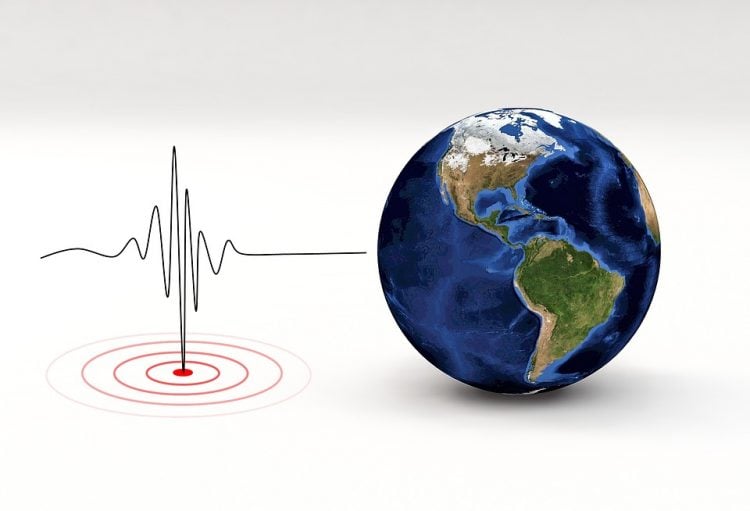Ever since the 1960s, seismologists on multiple continents have detected a mysterious pulse generated like clockwork, every 26 seconds. But in the last 60 years no one has been able to figure out what this sound actually is.
The “heartbeat of the Earth” was first documented in 1962, by John Oliver, a researcher at the Lamont-Doherty Geological Observatory, Columbia University. He figured out that it was coming from somewhere in the southern or equatorial Atlantic Ocean, and that it was more intense during the Northern Hemisphere’s summer months. Then, in 1980, Gary Holcomb, a geologist with the U.S. Geological Survey, also discovered the mysterious pulse, noting that it was stronger during storms. But for some reason, the two researchers’ discoveries remained virtually unknown for over two decades, until a graduate student at the University of Colorado, Boulder, once again detected the “heartbeat” and decided to look into it.







